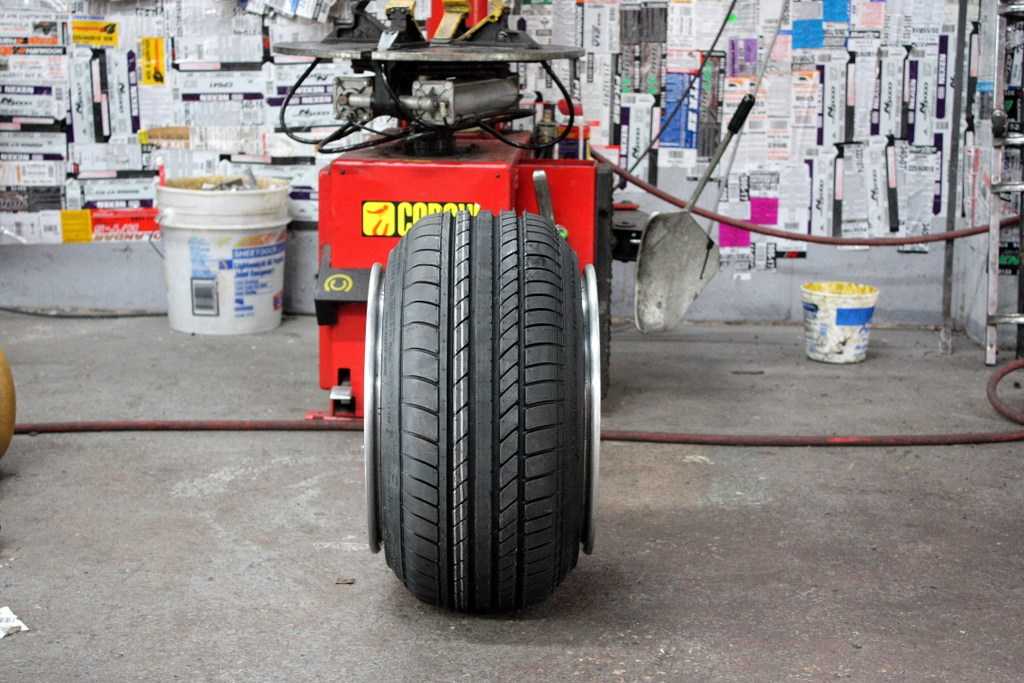Tire stretching has existed for decades, and it’s been a while stretched tires have become a craze among car enthusiasts. Many people actively go for this add-on just because it makes their vehicles look iconic.
Interested in giving your car a makeover with such tires? Check this stretched tires guide.
Contents
What are Stretched Tires?
Stretched tires refer to mounting a narrow tire onto a wider rim or wheel. It’s actually a modification of wheels by stretching them a few inches. The recommended stretch is 1 to 3 inches. Stretching allows fitting a wider wheel that does not rub the fender, which sits on the wheel’s lip perfectly.
Stretching is more like a personal preference that has no effect on a car’s performance. Plus, it can cause several problems, such as debeading, blowing a cord, losing tire pressure, increased risk of hydroplaning, tearing of the sidewall of a wheel, and wheel lip attrition.

However, many people believe that it helps with drifting because of losing traction in the wheels. As the wheels don’t touch the arch, you can also get a few more benefits like better sidewall control and higher contact patch.
To some extent, it’s about where you will be driving. Stretched wheels will provide excellent performance on smooth pavement, something like the racing tracks. For this reason, it will be better to tweak the wheels in sports models instead of commuter cars.
Interestingly, there are no recorded accidents caused by this modification. Automobile experts suggest as long as you don’t go overboard with it, you should be fine.
SEE MORE
A DIY Guide to How to Stretch Tires
Many mechanics refuse to do the stretching, citing it responsible for deteriorating the mechanical integrity of a vehicle. If you are still interested, follow this DIY guide. Remember that the process is complicated and requires adequate mechanical skills and your patience.
Step 1
Select a popular tire brand and choose tires that will fit your car’s make and model. There are several online stores, such as Tyrestretch, where you can get the names of popular manufacturers and the best suggestions according to your specifications.
Step 2
Apply sealer on both ends of the rim to preclude debeading. Use a mixture of soap and water to the bead of the tire to slide it easily onto the rim. A flathead tire spoon or a suitable tool can help with setting the tire on the rim.
Step 3
Use flammable spray (e.g. spraying deodorants or break cleaners) around the inner tier. Connect an air compressor to the tire. Light up the flammable substance that you applied around the inner tire.
Word of Caution: Keep a fire extinguisher near you.

Step 4
The tire should be beaded by now. Finally, compress it to the due tire pressure.
Final Words
Should you go for stretched tires? There’s no definitive answer. But, such a modification could be technically dangerous and cause safety issues. Could aesthetics be more desirable than the risk of a potential accident? Go ahead with the add-on only if you think you can handle it.



